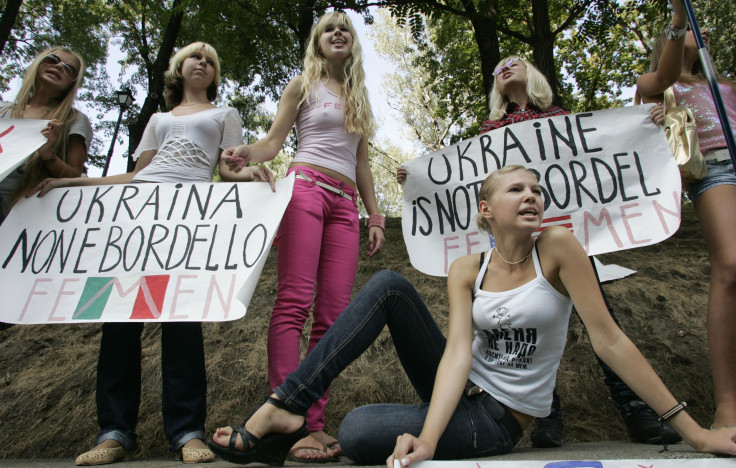Global Sex Tourism: Cheap Travel Means More Destinations For Sexual Predators Worldwide, Report Finds

As flights have gotten cheaper and more people are traveling to new destinations, an increasing number of markets for so-called sex tourism have popped up around the world, according to a new report. The amount of opportunities for tourists to abuse women, girls and boys has reportedly “soared” in the past two decades, creating a new generation of sexual predators.
The report also notes that in addition to countries commonly linked to sex trafficking and sex tourism, new destinations have popped up recently, including Portugal, Moldova and Ukraine.
Paired with the new sex tourism destinations is a new kind of clientele, as well. While traditional sex tourists have been thought to be wealthy, middle-age Westerners, sex tourists nowadays are frequently business travelers or expatriates. The new study, which was backed by the United Nations, notes the abusers are often “situational” offenders, meaning they do not engage in the sexually predatory acts back home.
“The vulnerability of children has increased dramatically in the past 20 years as travel, tourism soared,” the report said. “Although the precise scope is not yet measurable, there are alarming indicators that this crime is persistent and widespread.”
Overall tourism — independent of sex as a motive — has ballooned dramatically in the past 20 years. In 1995 there were roughly 527 million annual international tourists jet-setting around the world to see new sights. By 2014 there were roughly 1.14 billion, according to the report.
Increased tourism has a positive impact on local economies overall, but experts who look at sex exploitation note that inadequate laws and planning can set up dangerous scenarios for vulnerable populations. And once cities become known for paid sexual opportunity, it can be extremely difficult to change that notoriety.
© Copyright IBTimes 2024. All rights reserved.












